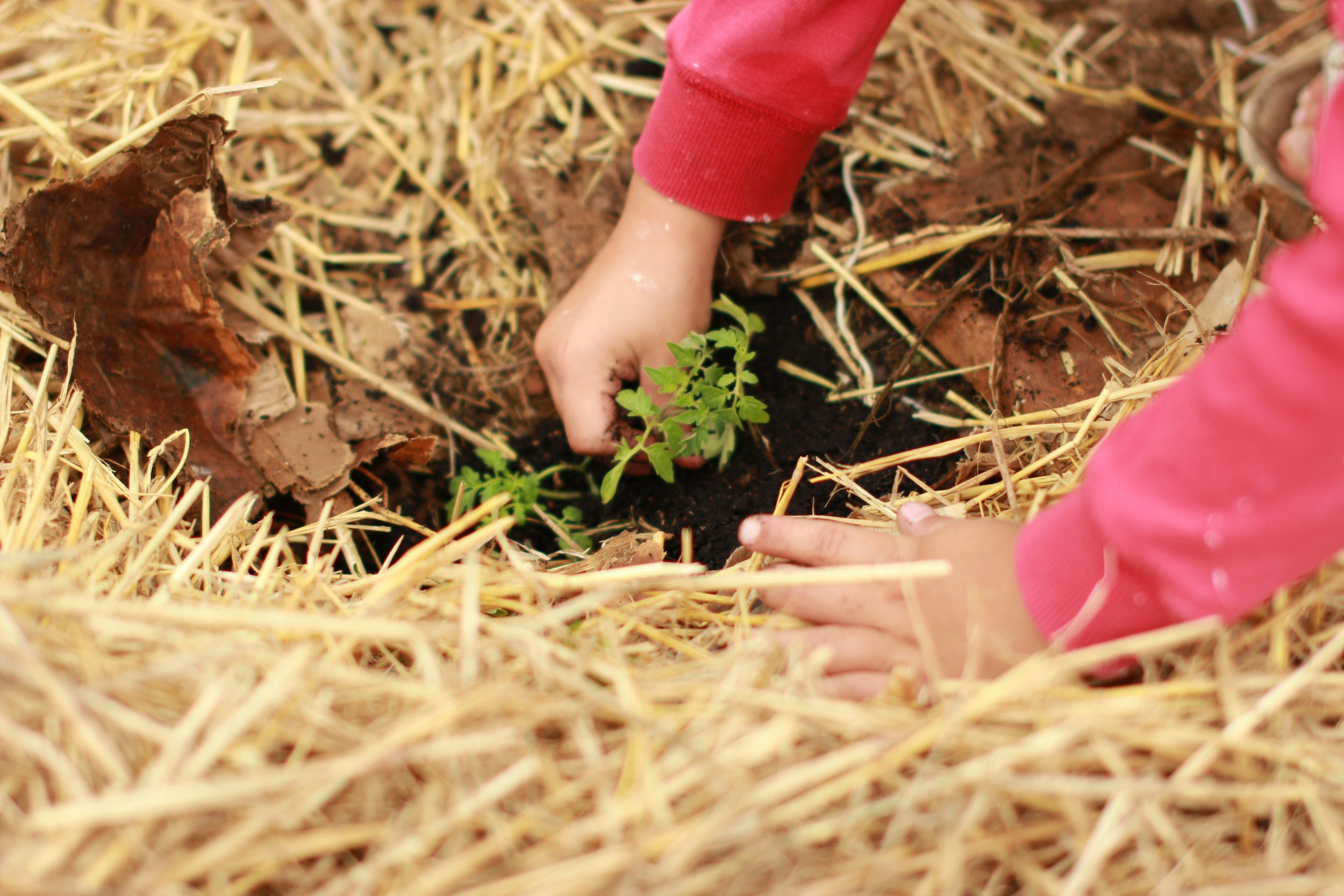Growing a Greener Future: Why Children Should Plant Trees at School
Nikoline Arns, Unsplash.
A planting trees school scheme is a powerful initiative that not only contributes to the health of our planet but also nurtures a generation of environmentally conscious, empowered young citizens. Involving children in tree planting gives them a tangible, meaningful way to engage with the natural world and understand their role in protecting it. At its core, such schemes recognises that children are not just future stewards of the environment, but that they are already capable of taking real action today. When children plant trees, they are physically contributing to the fight against climate change. Trees are natural carbon sinks; they absorb carbon dioxide from the atmosphere and release oxygen, helping to mitigate the effects of global warming. In addition, trees stabilise soil, prevent erosion, improve air quality, and support biodiversity by providing habitats for wildlife. Each tree planted is a living symbol of hope and action, and the cumulative effect of such efforts can be significant in reversing environmental damage.
Beyond the environmental impact, involving children in tree planting has lasting educational and emotional benefits as it helps children develop a practical understanding of ecological systems and the importance of sustainability. This can then be filtered into the classroom learning where they understand more about photosynthesis, ecosystems, and the interconnectedness of all living things. This hands-on experience is therefore far more memorable and meaningful than learning about environmental issues solely from books or screens. Furthermore, children gain a sense of agency. In a world where climate change can often feel overwhelming and abstract, planting a tree is a concrete action, a moment where a child can say, ‘I made a difference.’ This empowers them, builds resilience, and fosters a positive attitude toward environmental responsibility. It instils in them the values of care, patience, and respect for nature, qualities that are essential not only for environmental stewardship but also for compassionate citizenship. In addition, a tree planting scheme also strengthens community ties. Planting events often bring together schools, families, local councils, and environmental groups, creating a shared sense of purpose. These collective experiences are powerful as they show children that caring for the environment is a shared responsibility and that their actions are part of a larger movement. In a world where many children are increasingly disconnected from nature, this initiative brings them outdoors, into green spaces, and reintroduces them to the beauty and importance of the natural world. Moreover, a tree planting scheme lays the groundwork for long-term environmental awareness. Children who plant trees today are more likely to grow into adults who recycle, conserve energy, reduce waste, and advocate for sustainability. These early experiences form the foundation for lifelong environmental ethics.
In an era where natural habitats are being lost at an alarming rate, and climate anxiety is on the rise among young people, initiatives like tree planting offer not just education, but hope. They show children that they are not powerless, that their hands can plant the seeds of change, literally and metaphorically.
Ultimately, this is about far more than planting trees. It is about planting ideas, values, and commitments that will grow alongside the trees themselves. It encourages children to be active participants in the future of their planet, giving them the tools, confidence, and compassion to make a lasting difference. With every tree planted, there lies a message: the future is in your hands, and it begins today.
